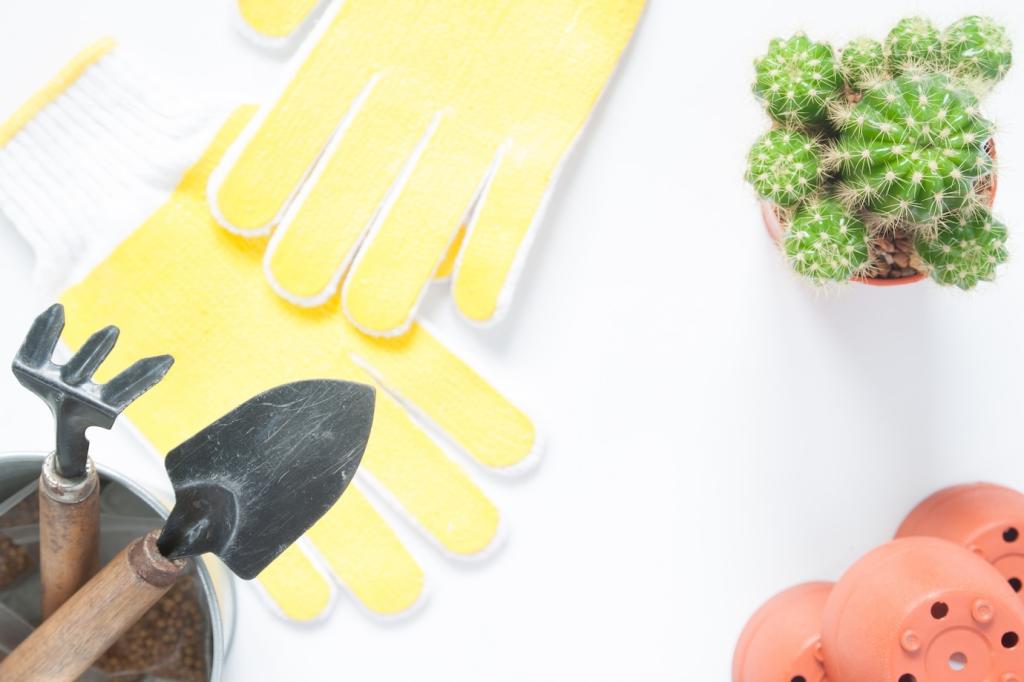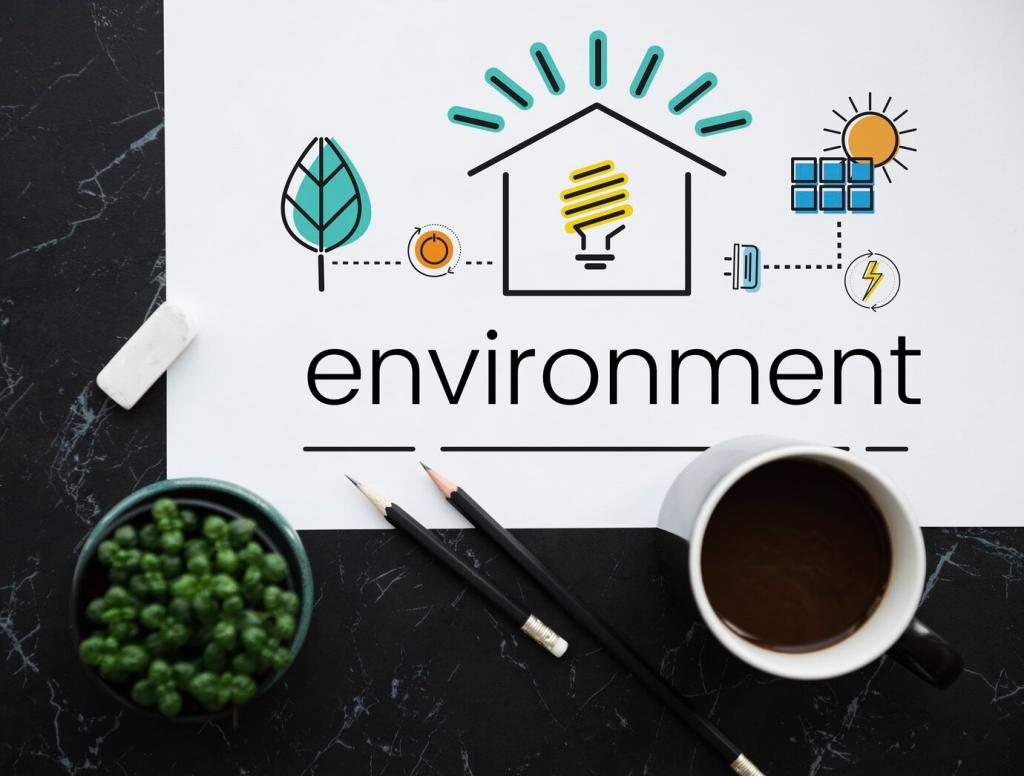Build a Green Repair Toolkit
Choose FSC-certified lumber for patches, reclaimed wood for replacements, and durable hardware made to last. Keep a kit of cotton rags, glass jars for mixing, and stainless steel tools that outlive trends, reducing disposable clutter and saving money over time.
Build a Green Repair Toolkit
Look for water-based, low-VOC glues and non-toxic finishes like shellac, tung oil, and plant-based varnishes. They protect your lungs, keep indoor air fresher, and still deliver beautiful results that age gracefully without off-gassing into your living space.









